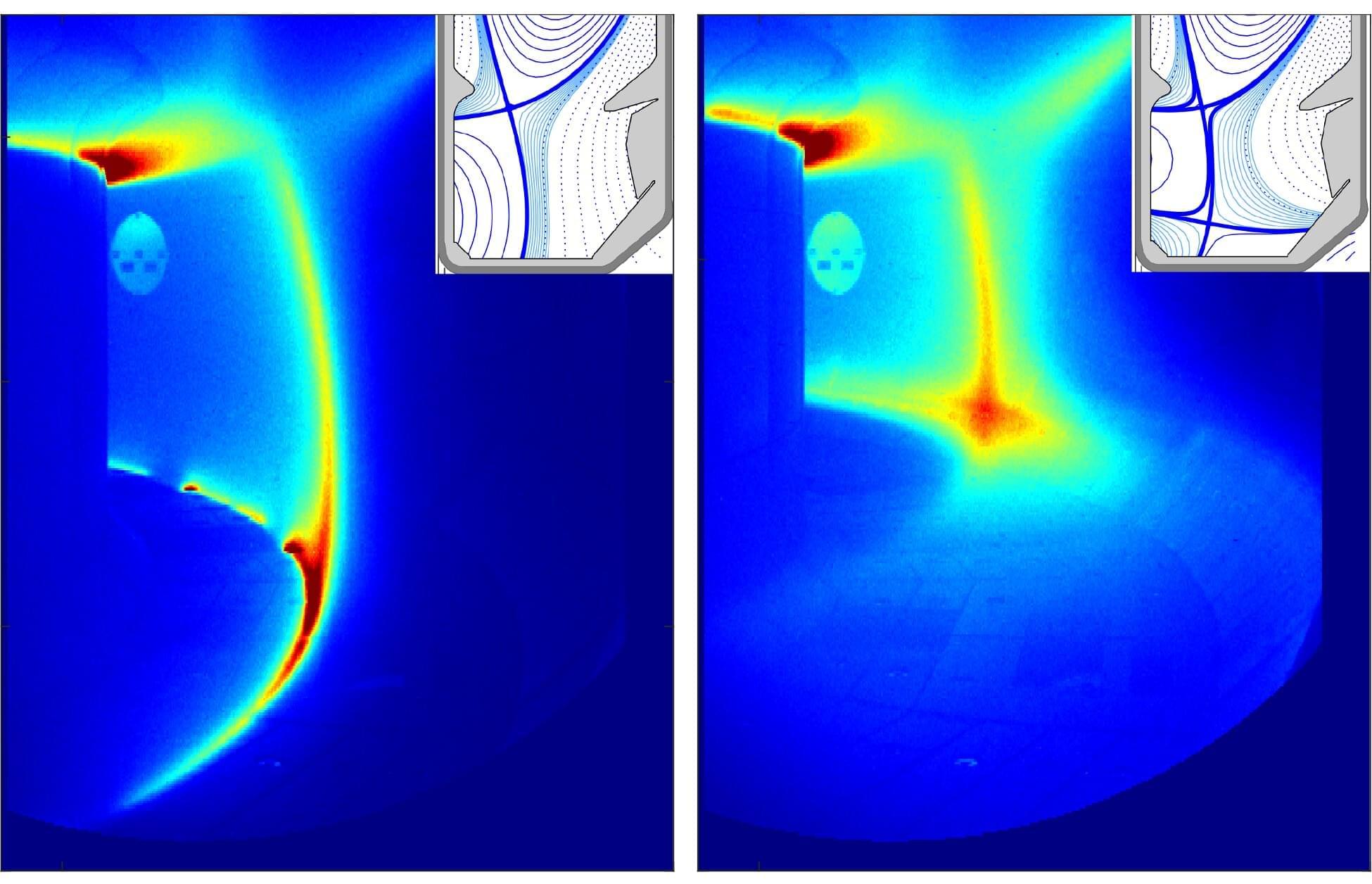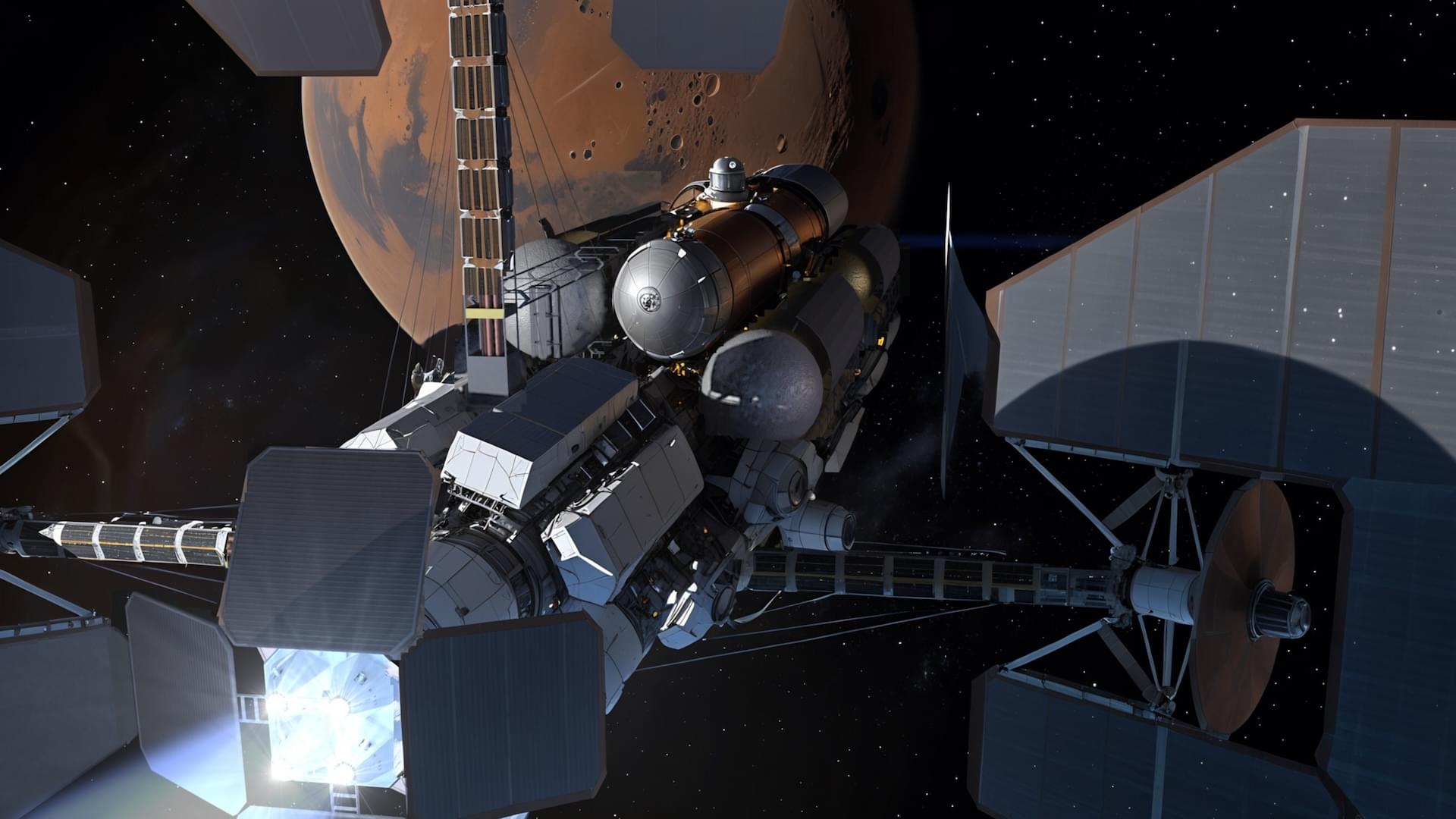Nuclear fusion reactors are highly powerful technologies that can generate energy by fusing (i.e., joining) two light atomic nuclei to form a heavier nucleus. These fusion reactions release large amounts of energy, which can then be converted into electrical power without emitting greenhouse gases.
One of the most reliable and promising fusion reactor designs is the so-called tokamak. Tokamaks are devices that use a doughnut-shaped magnetic field to confine and heat plasma (i.e., superhot, electrically charged gas) for the time necessary for fusion reactions to take place.
Despite their potential for the generation of large amounts of clean energy, future reactor tokamaks may face huge challenges in managing the intense heat produced by fusion reactions. Specifically, some of the confined plasma can interact with the walls of the reactors, damaging them and adversely impacting both their durability and performance.







